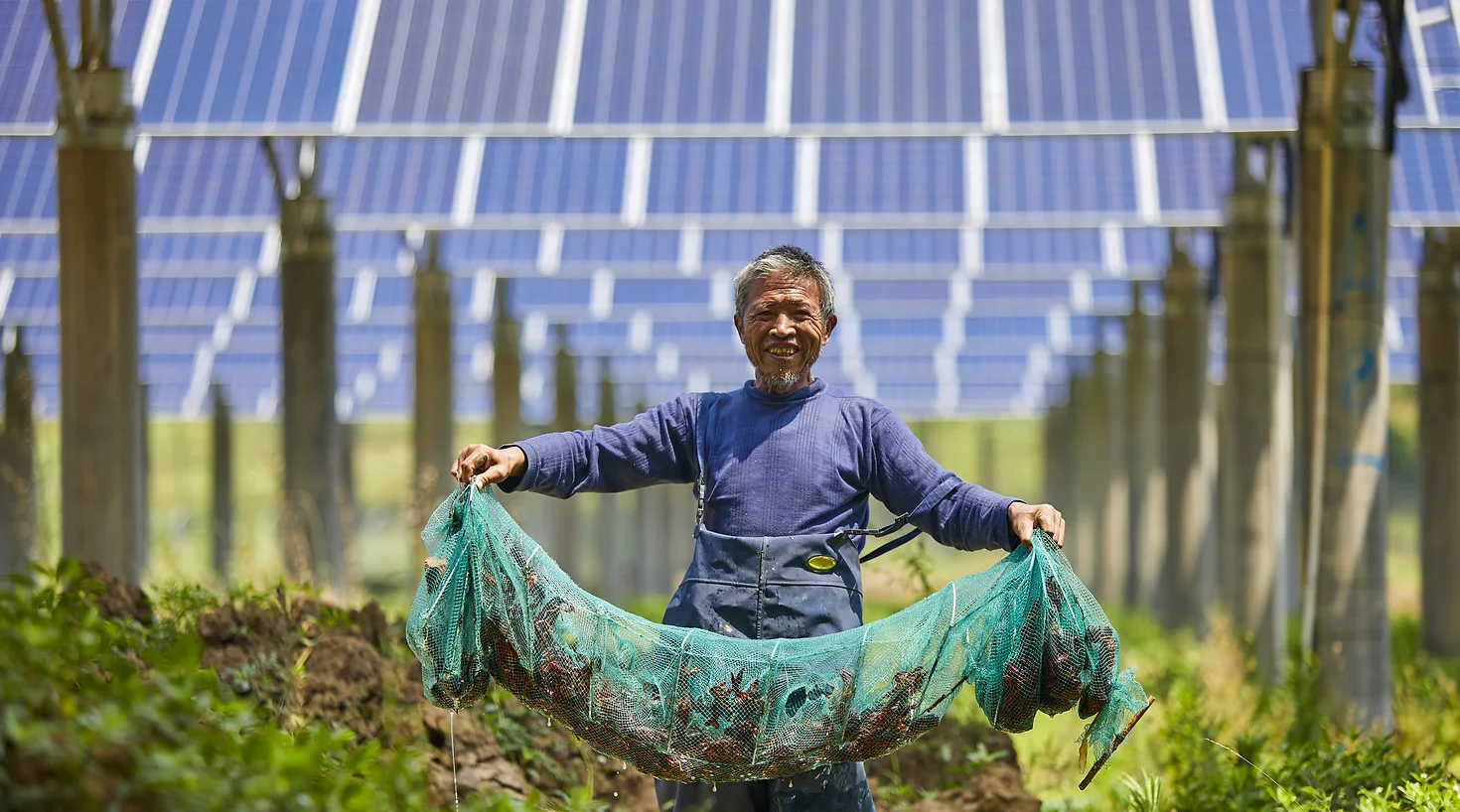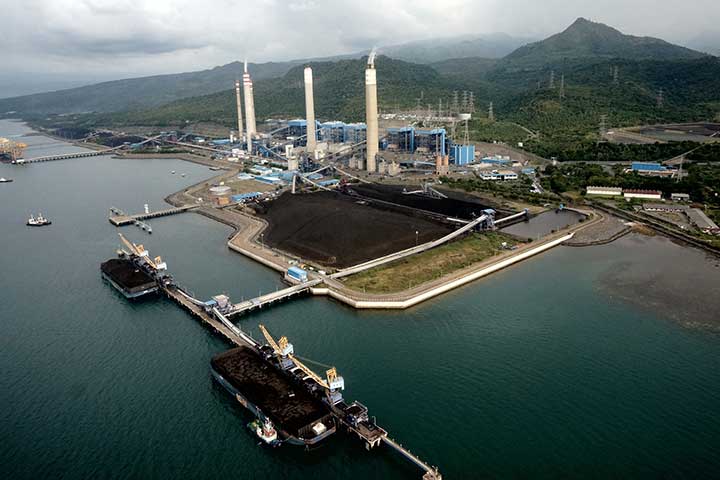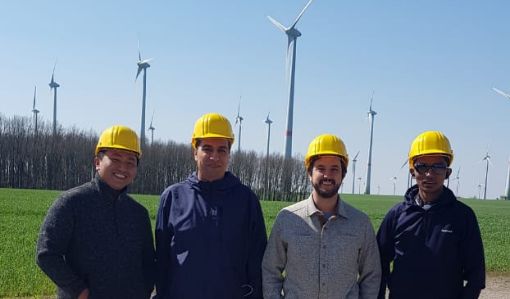
The Energy Transition for the People
In 2021, energy transition in Indonesia has gained traction, with the pledge to reach net zero emission by 2060 or sooner signalling the starting point. The tar... Read more.

Global energy transition will threaten Indonesia’s coal industry. It’s time to prepare for the coal transition
Plummeting costs of renewable energy, increasing coal-related health risks, and raising concern about climate change will likely push coal out of the glo... Read more.

Are coal power plants the best option to provide electricity? A Climate perspective
The Government of Indonesia will stay committed to the implementation of the Paris Agreement. At least, it is the message that the Indonesian delegate wishes to... Read more.

Belajar dari Wind Farm di Feldheim, Jerman: Catatan Researcher IESR dalam program Fellowship Agora Energiewende
Kontributor: Deon Arinaldo, Energy Information Specialist; Researcher Sebagai bagian dari program Fellowship yang dikelola Agora Energiewende dan Renewables Aca... Read more.
